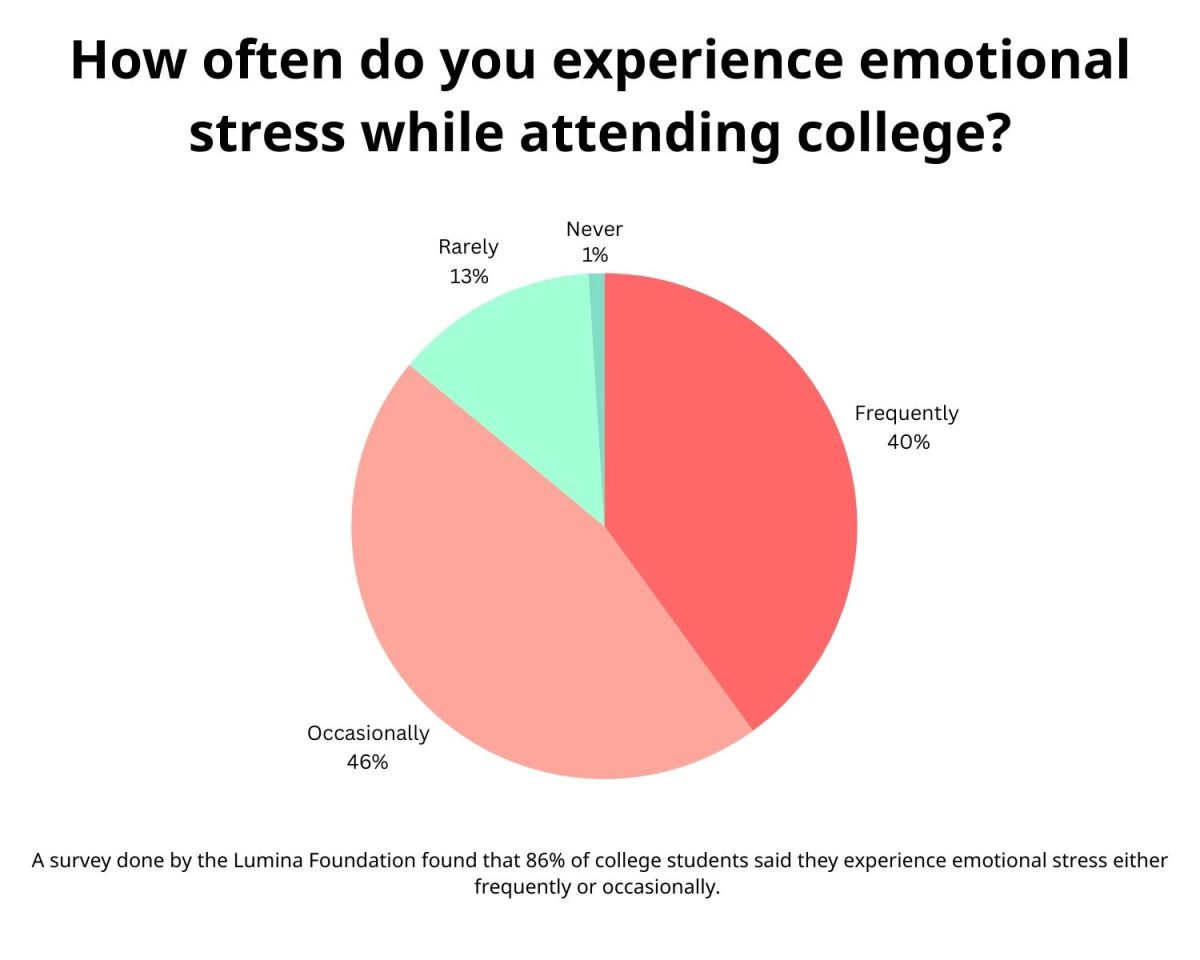Since April is Autism Awareness Month, there has been more and more discussion of the changes in the Autism Spectrum Disorder diagnosis under the new Diagnostic and Statistical Manual of Mental Disorders, version five, also known as the DSM-V. You probably just read that sentence and turned the page to the crossword. (Help me with mine if you can figure it out) I know you do not want to read a technical article about diagnoses, but bear with me for the general overview.
The DSM-VI was just updated and changed to the DSM-V. It is a universal diagnostic tool for psychiatrists to universally define and diagnose various mental disorders. There are a lot of new modifications in the DSM-V, ADD becoming a part of ADHD being one of them, but the changes in Autism Spectrum Disorders have generated the most discussion.
Under the DSM-V, Asperger’s Syndrome does not exist anymore; it is simply a part of the Autism Spectrum. Calling autism a spectrum disorder means there is a range of mild to severe attributes. Television shows like “Big Bang Theory” and “Parenthood” have brought some more attention to the disorder, but Asperger’s is more than just being “quirky.” Asperger’s has deficits in social behavior and obsessive interests with little lingual communication problems; there is no intellectual disability.
Many families with children previously diagnosed with Asperger’s are anxious about the stigma of autism rather than having their own distinct category. Hannah Fjelsted, a girl with Asperger’s and a guest blogger on Autism Speaks, said, “The label of Asperger’s at least gives observers the impression of intelligence and ability. But when most people think of ‘autism,’ they think of someone who should be institutionalized.”
Though a bit insensitive, she makes a good point. Asperger’s will lose its distinction and be grouped with more severe forms of autism.
Having the Autism Spectrum Disorder range through levels 1, 2 or 3 will group every range of the disorder together. This will be good for various professionals to have a basic, universal language, but there are many negative implications. Those on the spectrum that are more high-functioning will have a harder time receiving services. It is unknown how state and educational services and insurance companies will adopt these changes. On the flip side, families of those with lower-functioning autism are concerned that all aspects of autism will be seen as Asperger’s as portrayed on television, an endearing quirkiness rather than a serious, profound disorder. There is a stigma surrounding the word “autism” which could mean families whose children are more high-functioning will not pursue a diagnosis. The hope is that now having the term “autism” cover every part of the spectrum will help people understand there is a vast range of severity.
Though basic, the universal language in the DSM-V will make identifying and diagnosing Autism Spectrum Disorder a little easier. Those with Asperger’s have been stripped of their distinction. Every part of the spectrum is now grouped together.
Being identified as “autistic” means something different now, and these are not people open to change. Losing their various labelled distinctions will be a major negative at first, but hopefully from this people on the spectrum, their families and the population in general will categorize these people as people first rather than whatever their label or level on the spectrum.
Though it is great to have an awareness month to bring discussion of autism to light, just remember people with autism are people first and are not easily “grouped together;” each person is a distinct individual.





